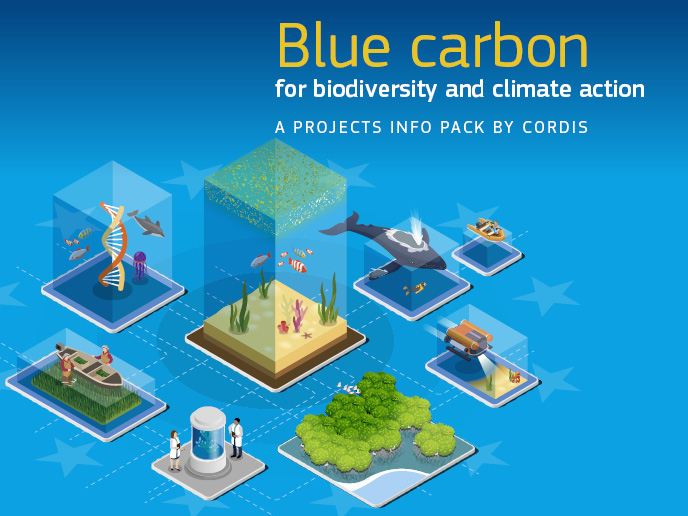Metabolic programming in rainbow trout
Carnivorous fish such as rainbow trout (Oncorhynchus mykiss) require a high-protein diet, but this often results in high levels of nitrogenous waste. A high-carbohydrate diet would help avoid this environmental hazard, but would require adjusting the metabolism of the fish. The EU-funded 'MicroRNA and metabolic programming in rainbow trout' (MIRTROUT) project aimed to better understand how microRNAs control and influence metabolism in rainbow trout. MicroRNAs control gene expression related to entire metabolic pathways in mammals, but their role in fish is not well understood. Researchers focused on miRNA-122, a microRNA expressed in the liver and known to be involved in carbohydrate metabolism. Parallel projects are identifying other potentially useful microRNAs. MIRTROUT found that miRNA-122 controls glucose homeostasis in the liver and is regulated in trout after eating. Importantly, this regulation was dependent on the composition of the diet, as well as the metabolic hormone insulin. Expression of miRNA-122 was analysed at different developmental stages of trout larvae, showing that regulation of miRNA-122 changes depending on the metabolic stage of the developing trout. However, developing trout fed on high-carbohydrate diets did not show any changes in miRNA-122 expression.MIRTROUT has identified miRNA-122 as an important metabolic regulator in these fish, and shown that microRNA expression can be affected by diet. This project represents a key first step towards metabolic programming of carnivorous fish.







